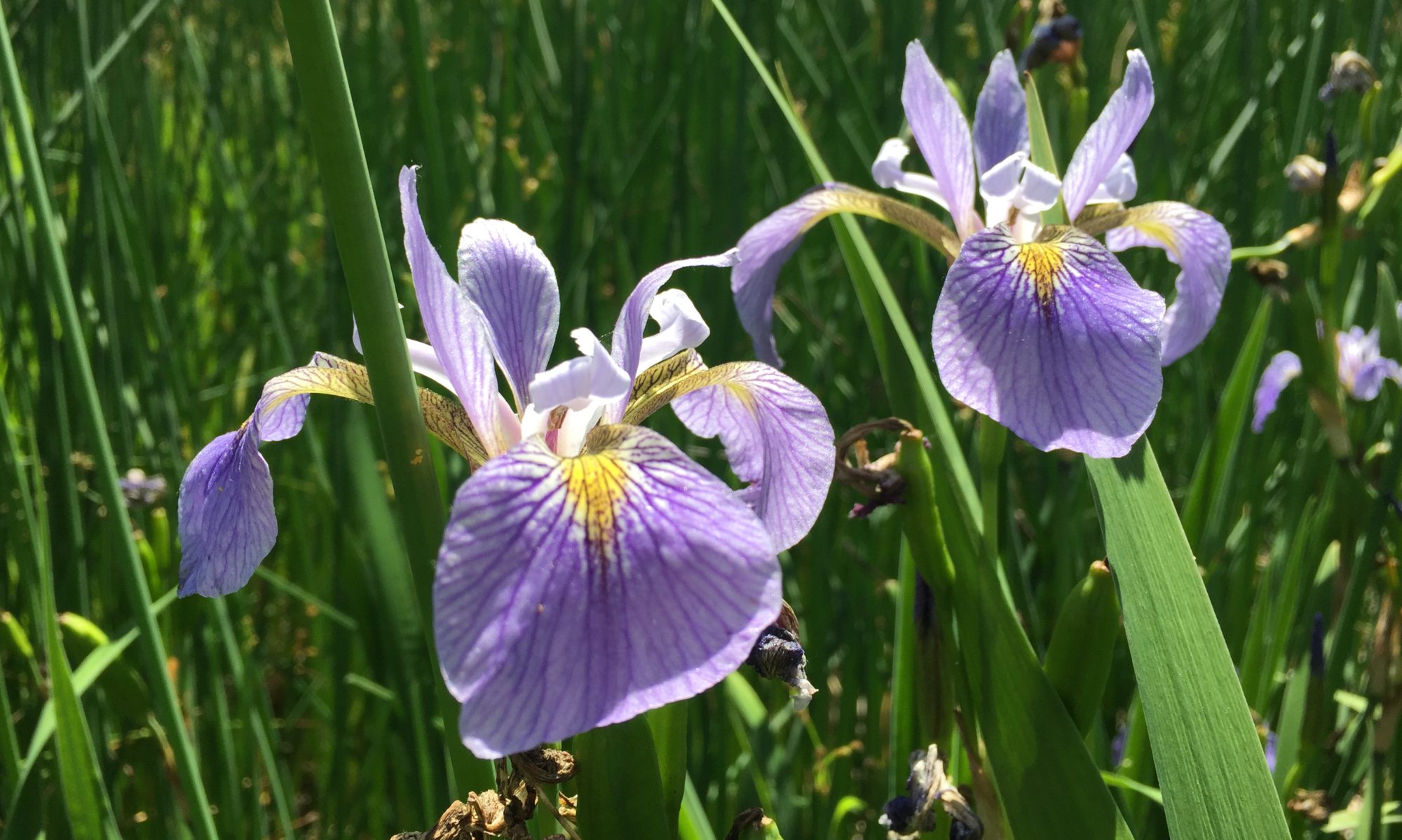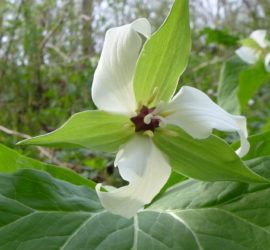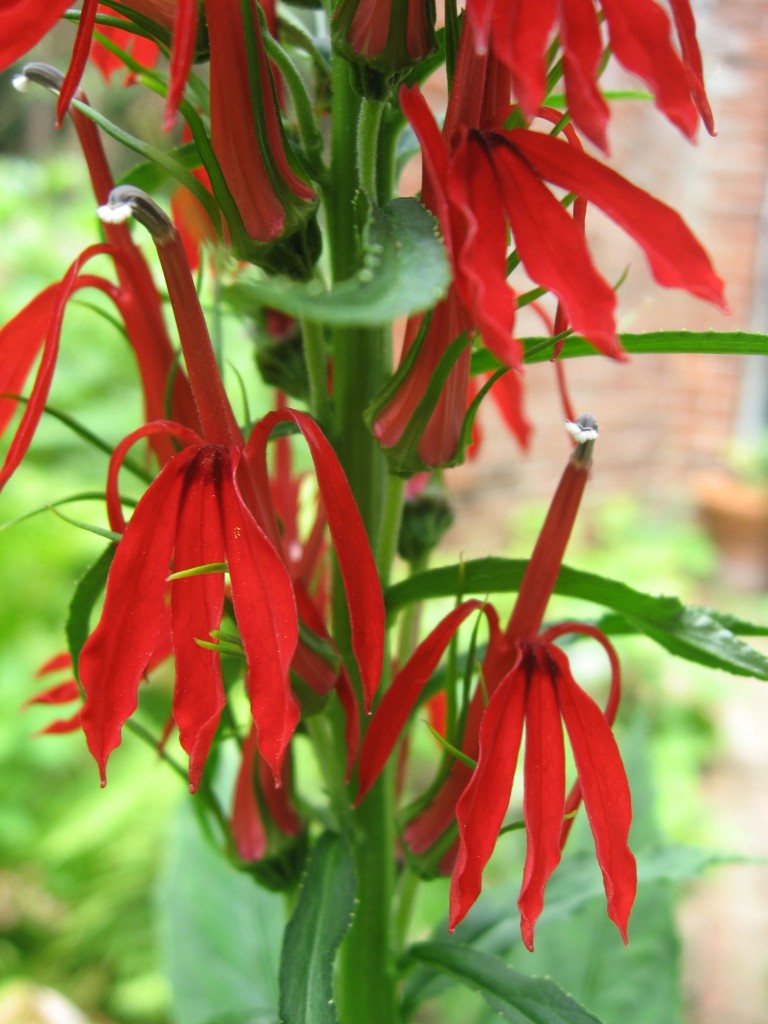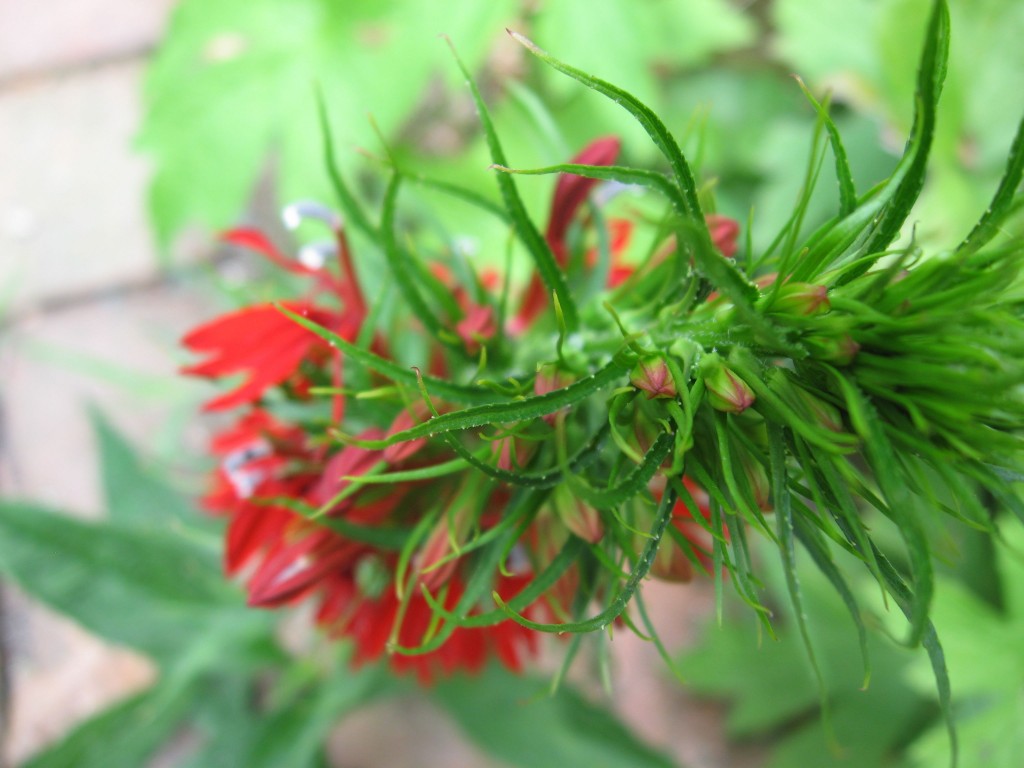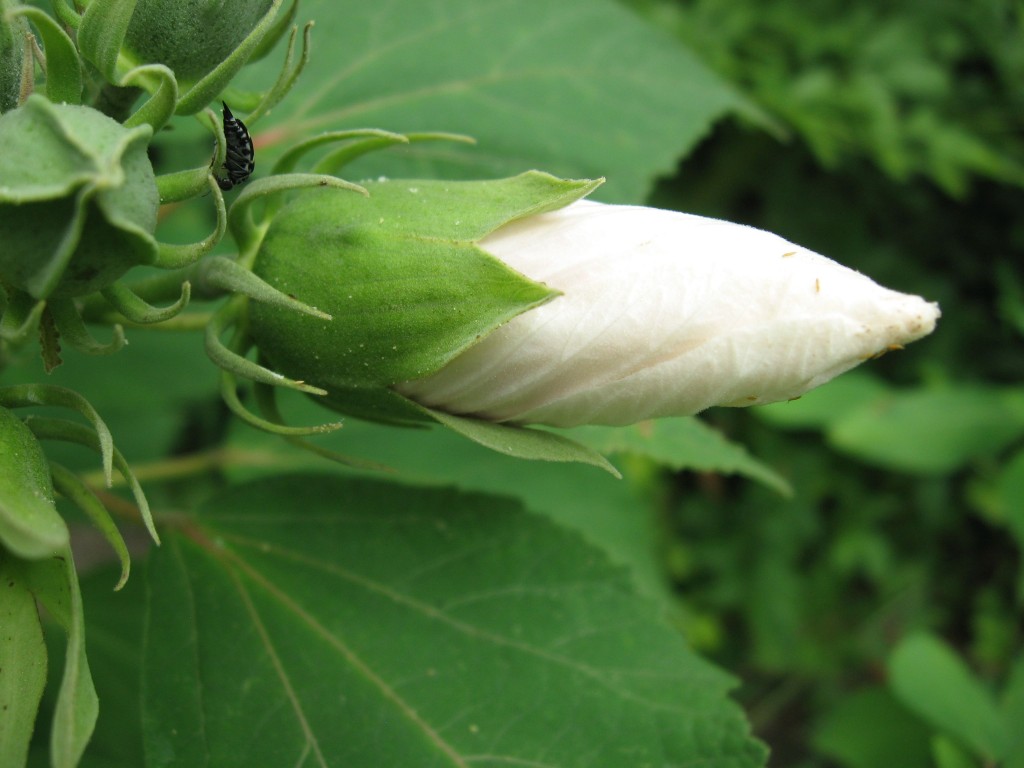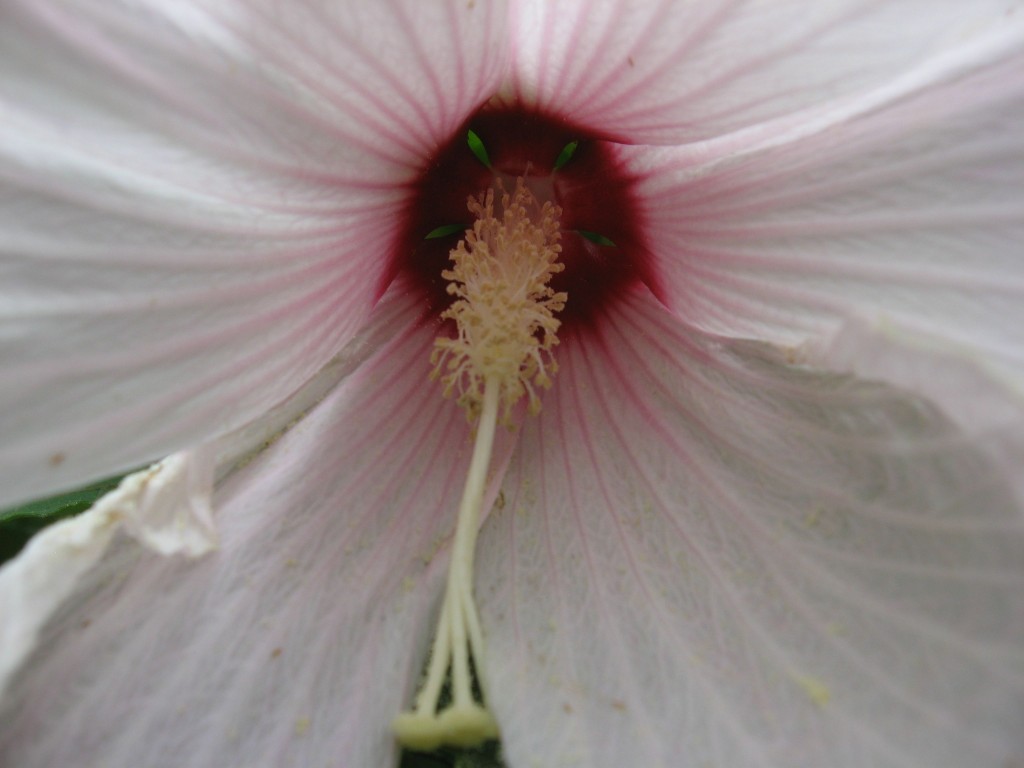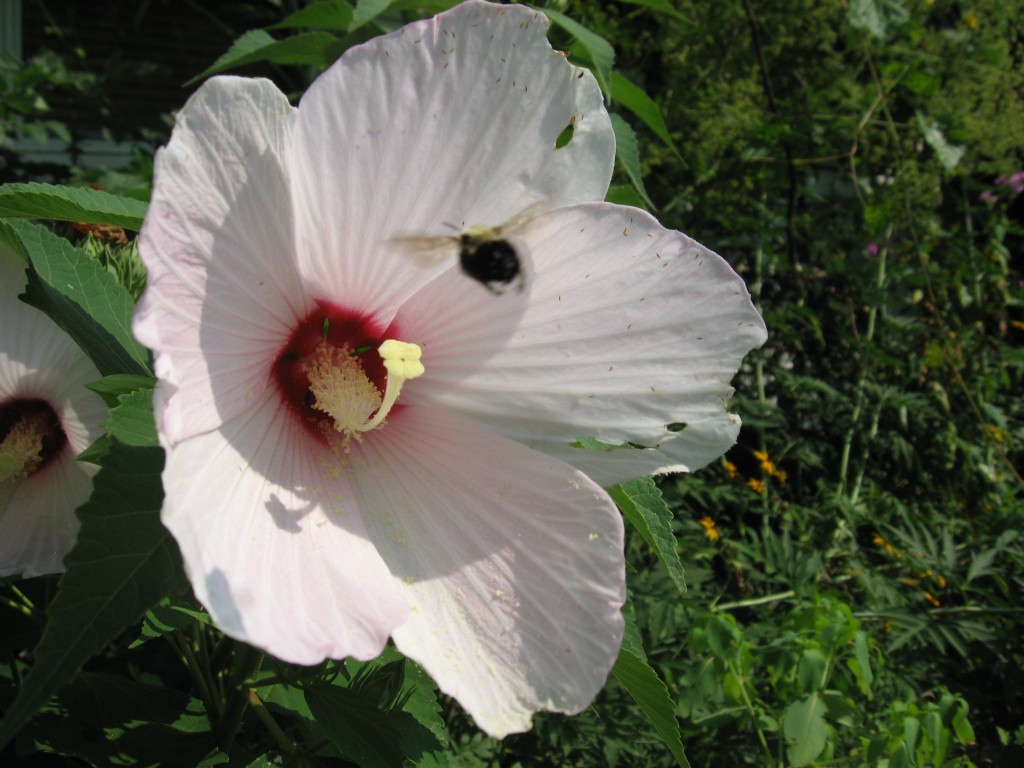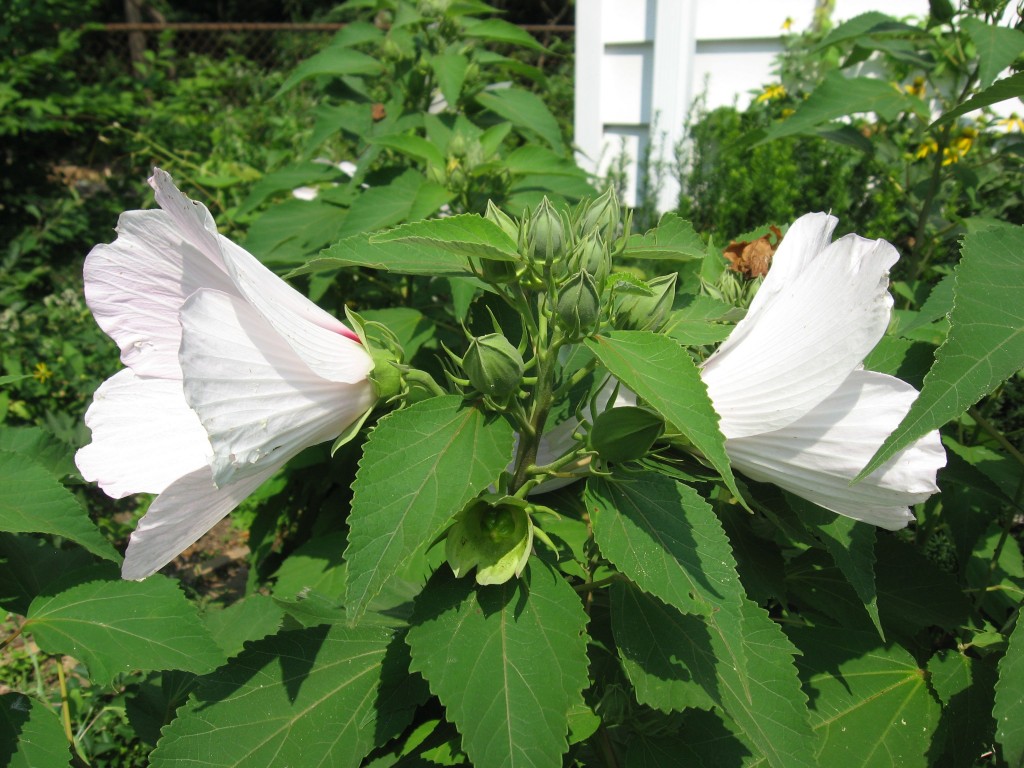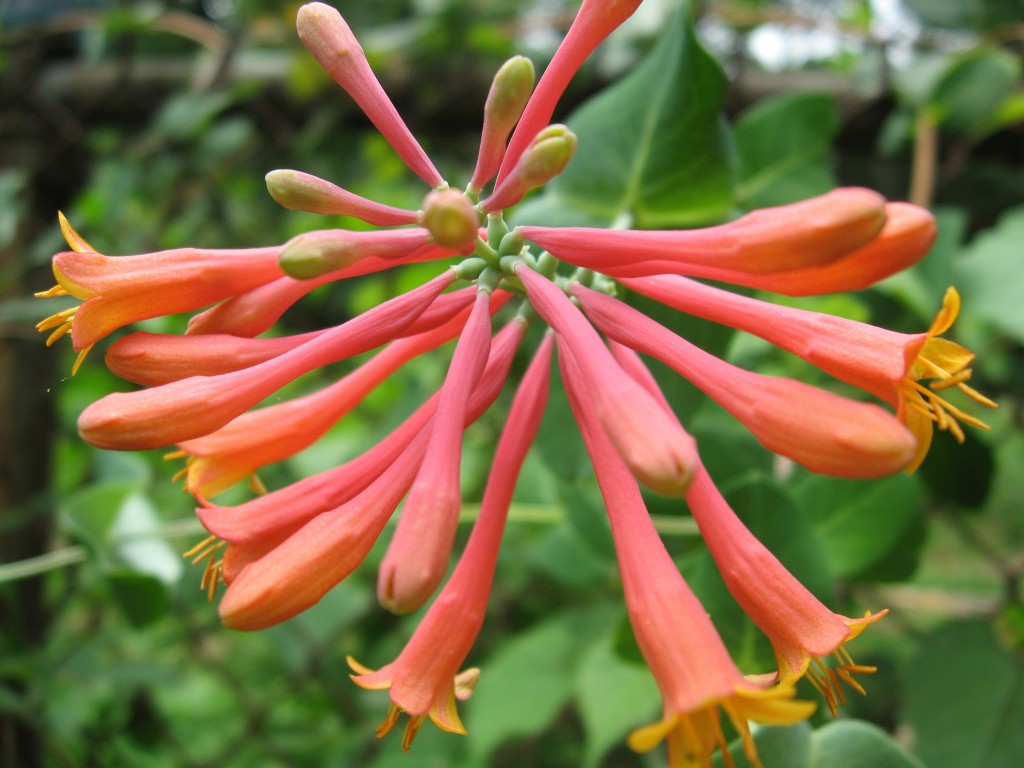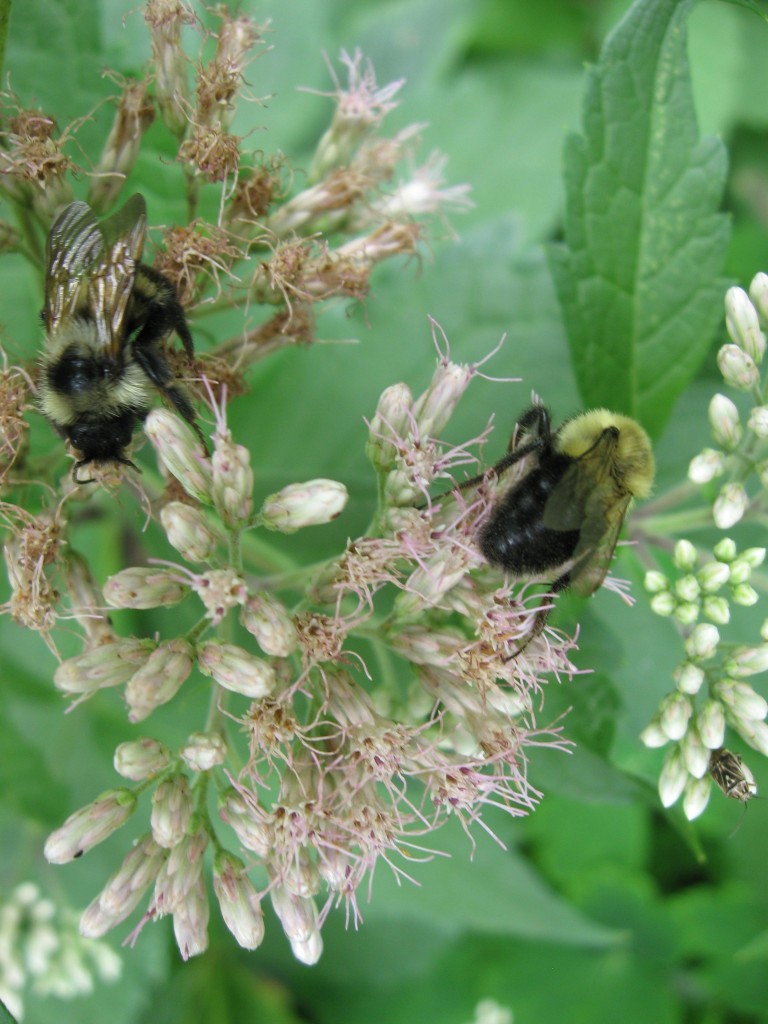We didn’t plan to go here. We spent the weekend in Wildwood, and the local paper mentioned that there were Monarch butterflys migrating and Cape May Point State Park was described as being a good place to watch this event. The  Wildwood Roar To The Shore motorcycle weekend was a pleasant surprise for us as well, we had no idea we would be surrounded by bikers and their polished chrome machines. We did learn some about the world of bikes from our neighbors who were pleased to show their artistic customized creations to us, but by sunday afternoon, the butterfly migration in nearby Cape May promised a quiet experience, and this was indeed fulfilled.
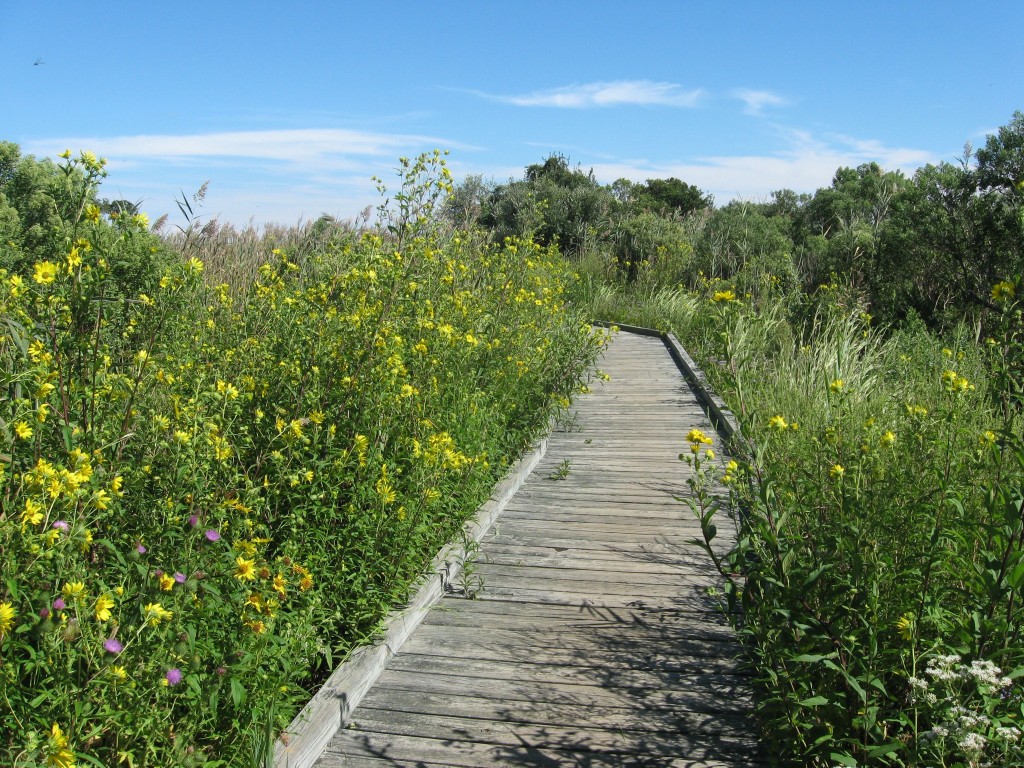
This is the setting. The Cape May Times had a very welcoming description of the park and what to expect. We did not bring binoculars, but the informative folks at the Cape May Bird Observatory had staff on site who pointed out the birds and handed out loaner binoculars. So even if you are not a birder, you will become a guest birder at Cape May Point State Park. We got to see Eagles flying really high up in the sky on the specially built bi-level birding deck, packed with birders and fully staffed with knowledgable people offering a wealth of information about birds. If you like birds, this is the place.
We then ventured into the habitat that supports the birds.
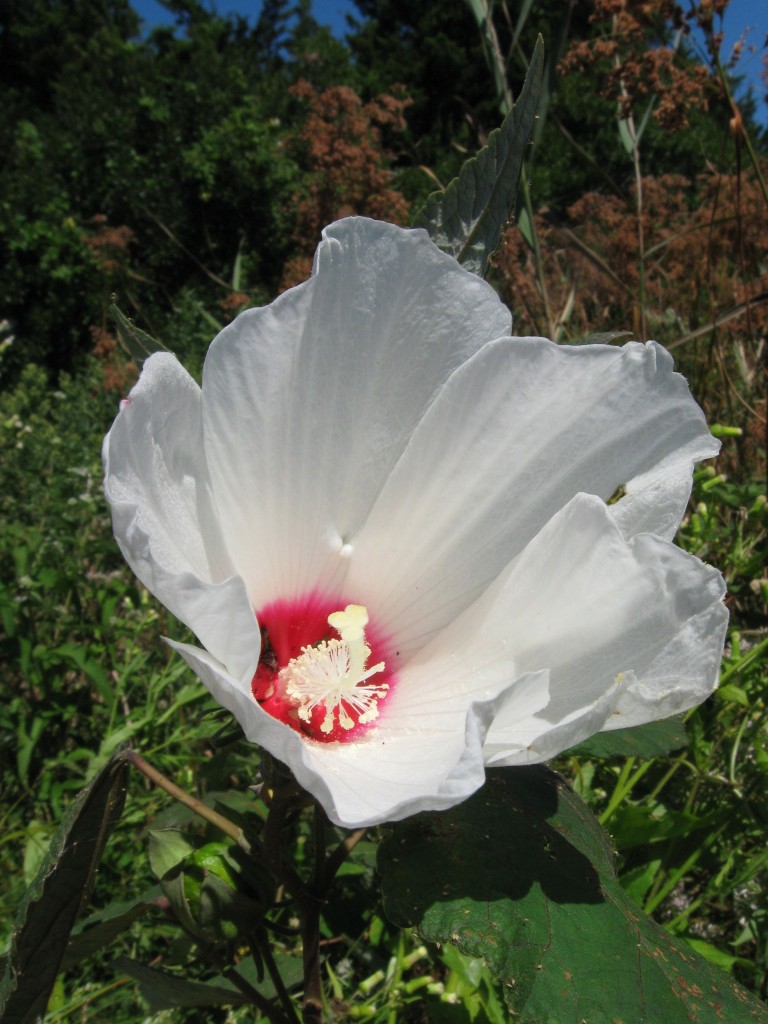
Hibiscus moschutoes, in full bloom. Â The freshwater marshes had a bounty of blooming Hibiscus. The trails were very pleasant to use.
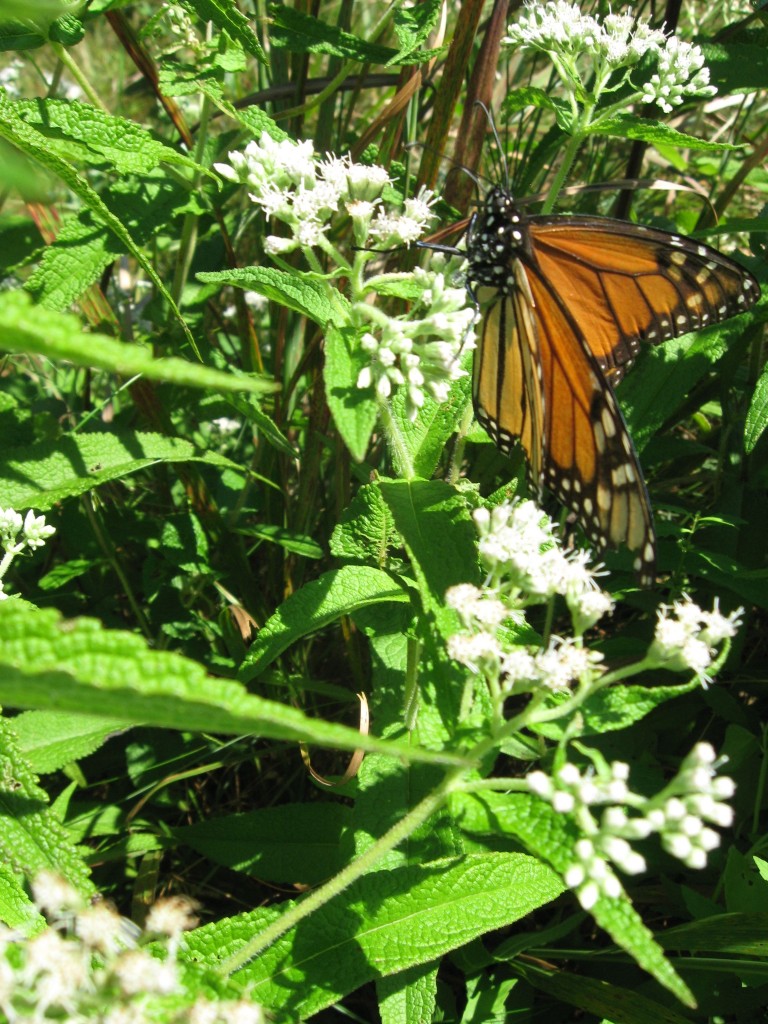
The Monarch butterflys were everywhere. This one is visiting Boneset, Eupatorium perfoliatum.
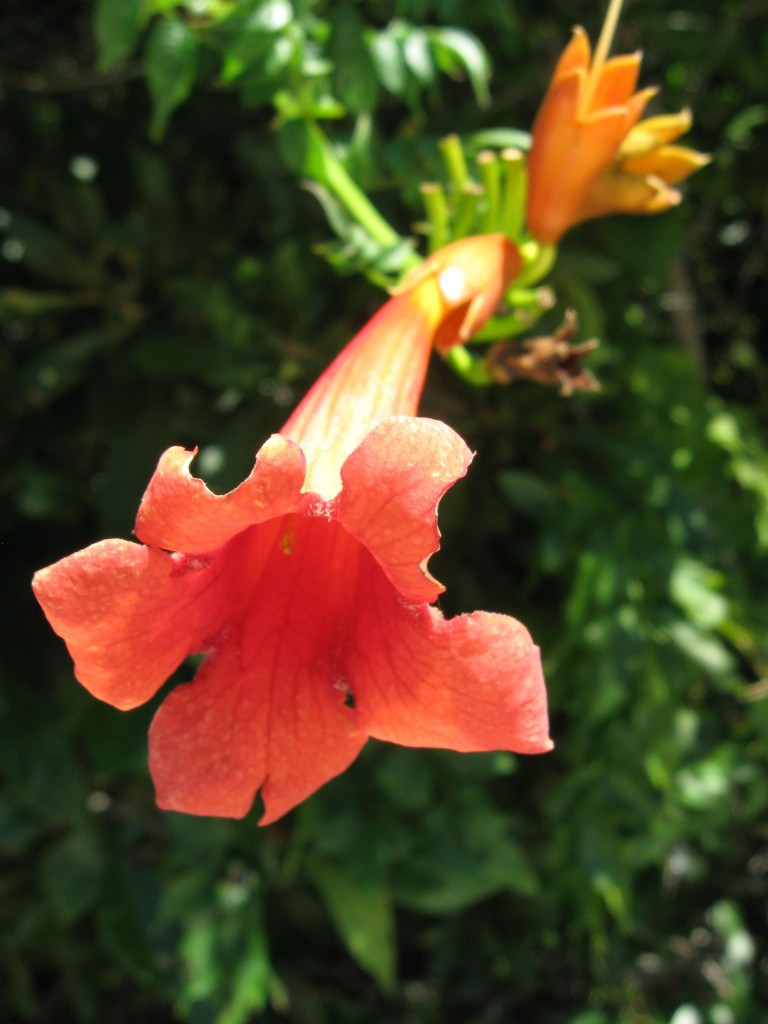
Campsis radicans
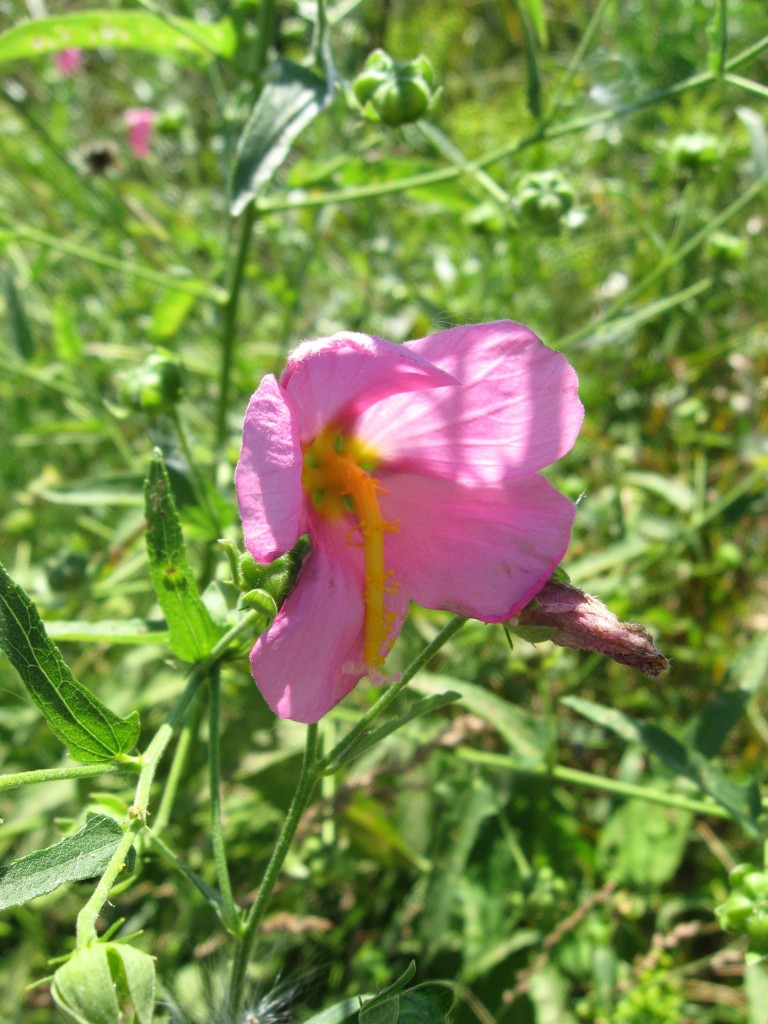
This is the first time we have ever seen the Hisbiscus palustris, above. Â The flower is smaller and it does not have the red center like the Hibiscus moschutoes.
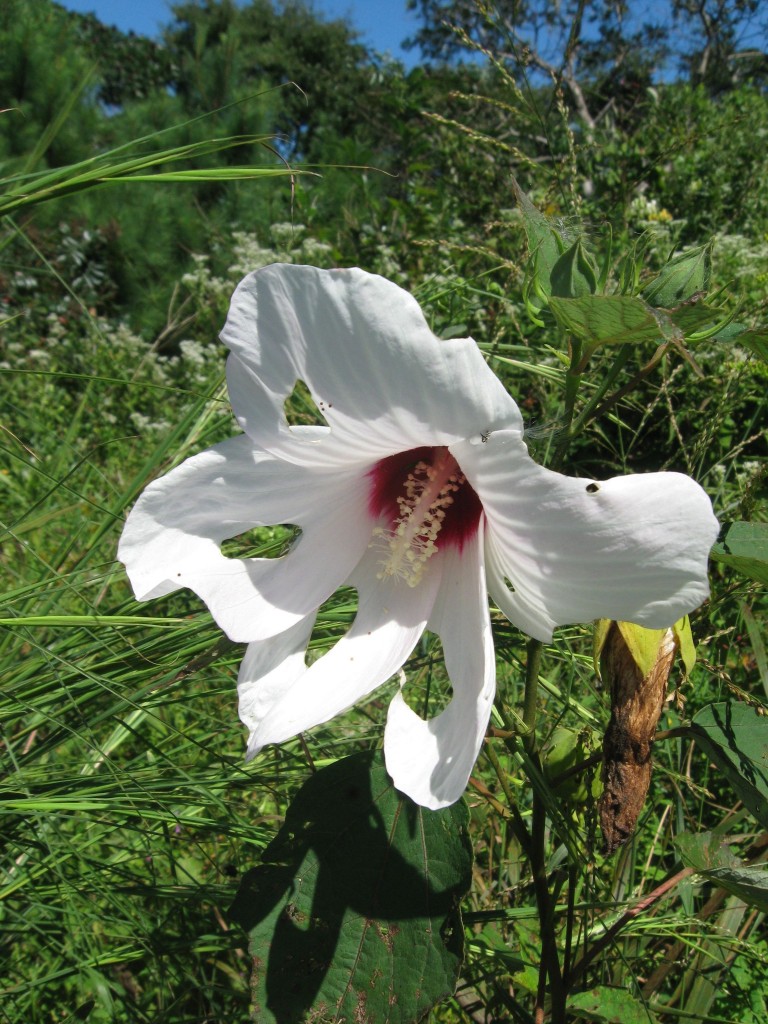
Above, the Hibiscus moscheutos. Â Some creature has eaten away at this flower, creating these interesting holes.
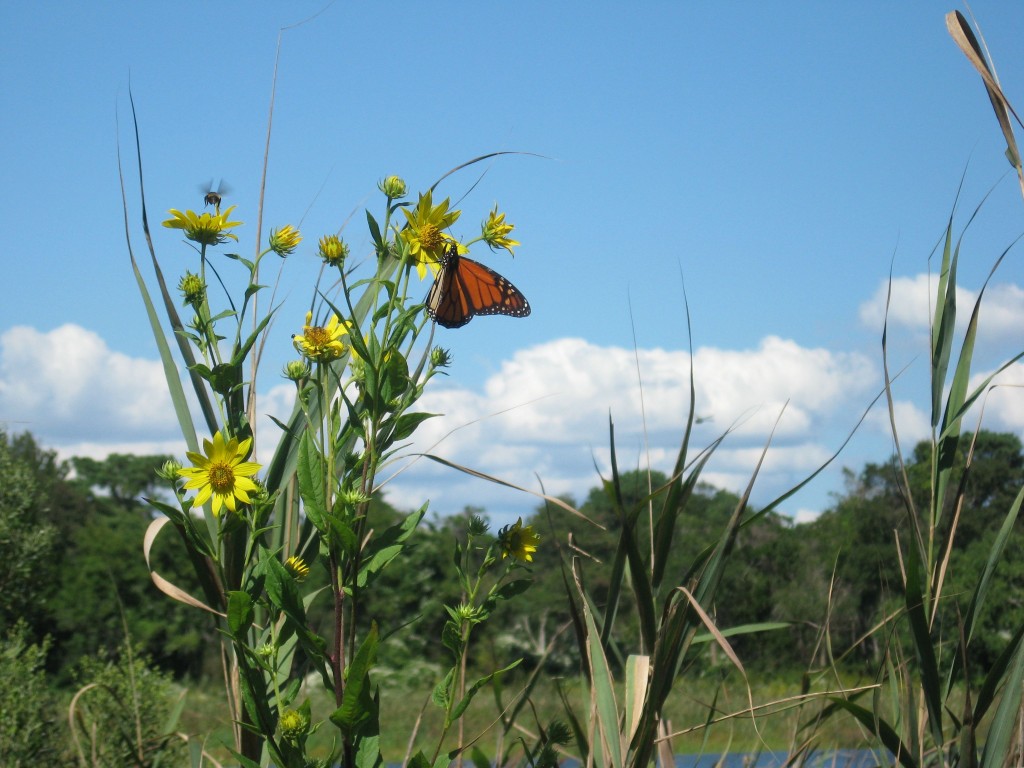
The Butterfly and a bee are very interested in this sunflower.
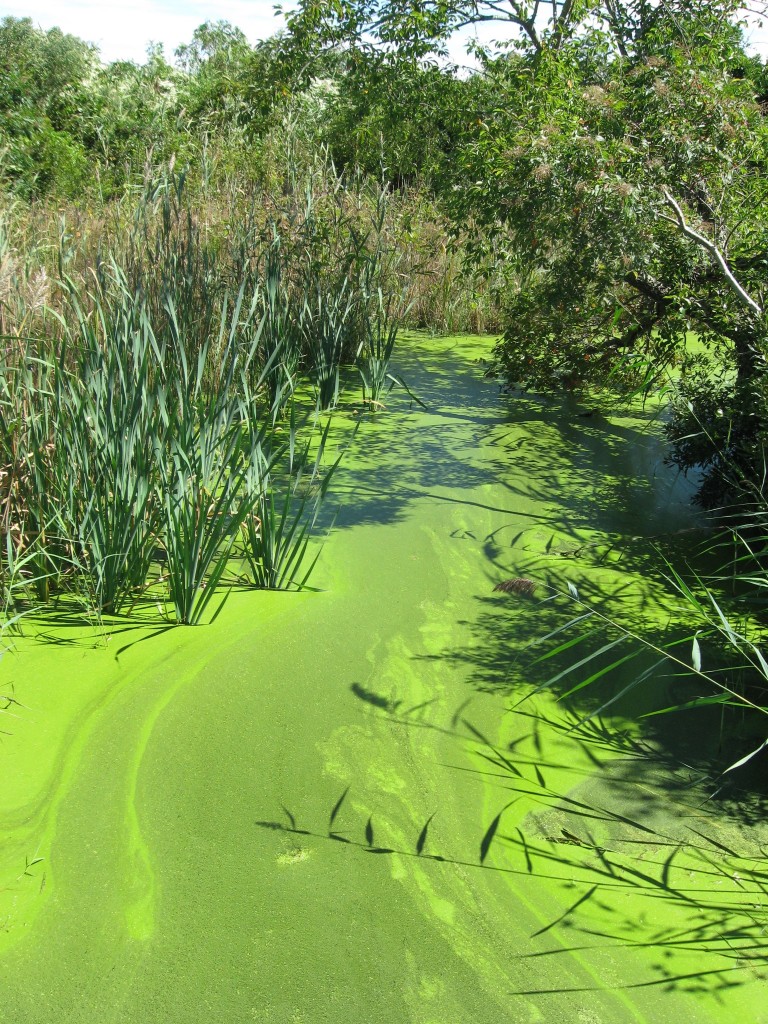
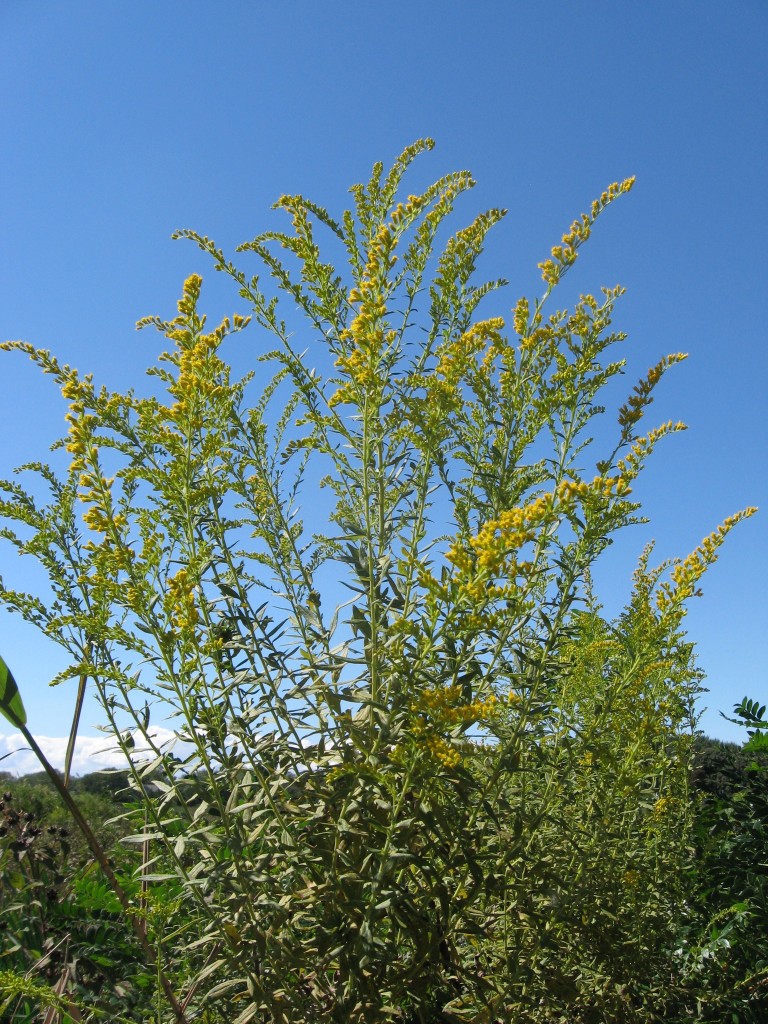
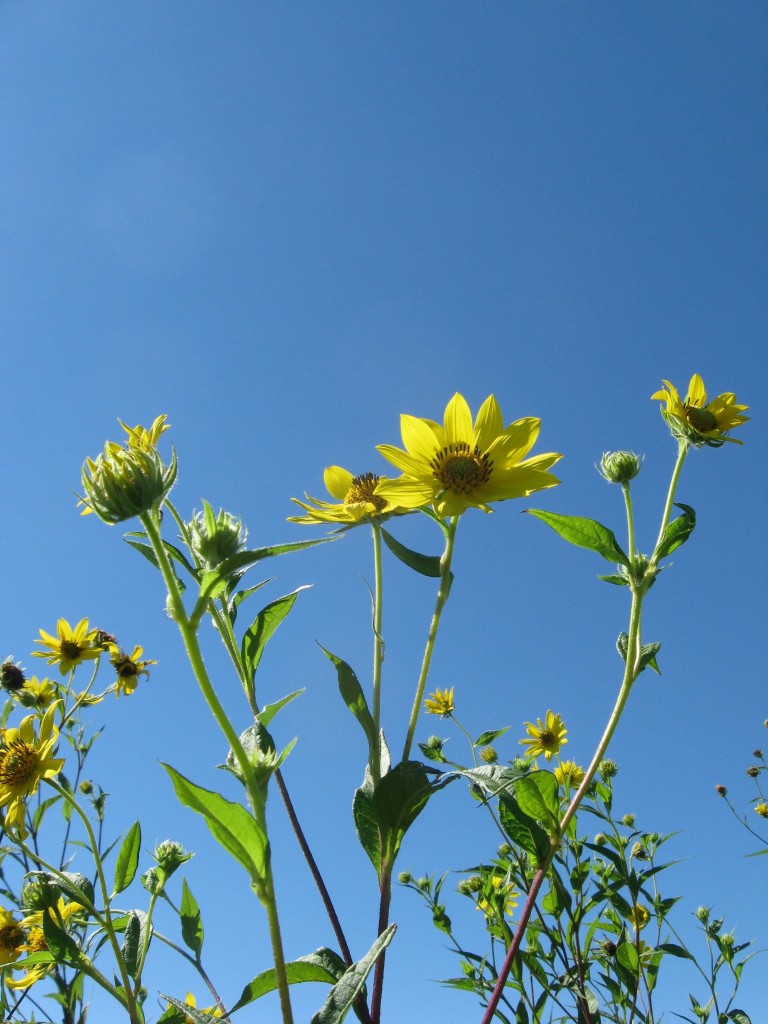

Isabelle saw this dragonfly out of the corner of her eye.


When the Hibiscus goes to seed, its a different story than the delicate and ephemeral flower. The seeds are tough creations nestled into a rigid encasement which holds on to the plant and eventually will fall off . On our garden specimen, we have let the seeds fall where they may, and now two years on we have seedlings sprouting up!
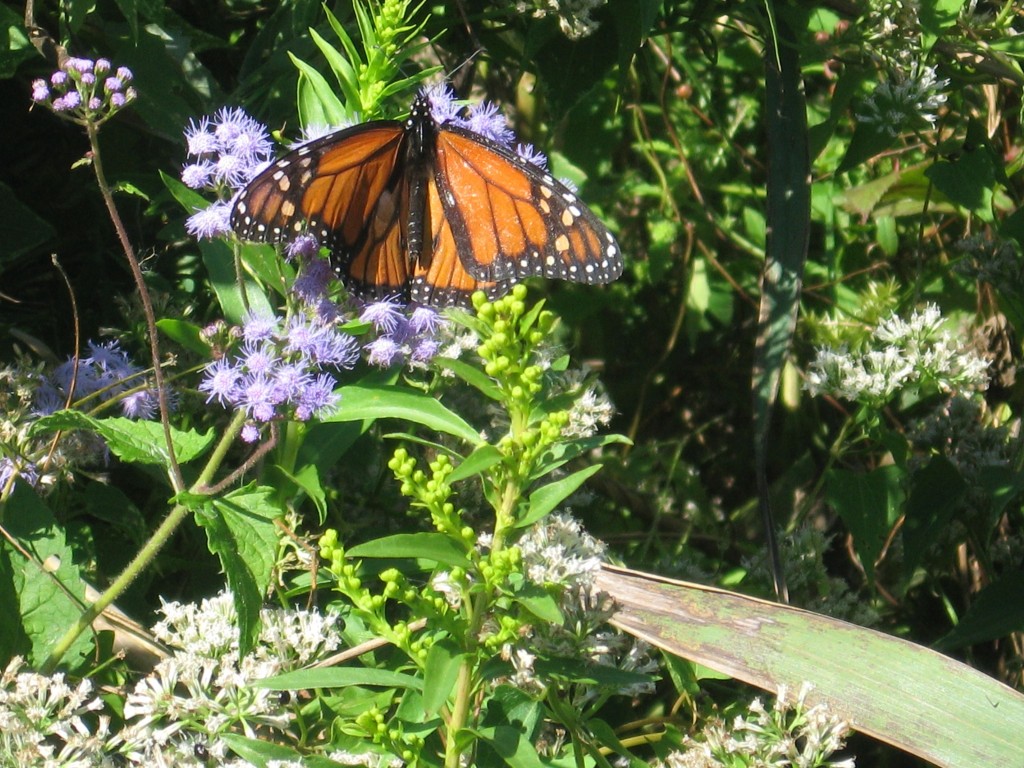
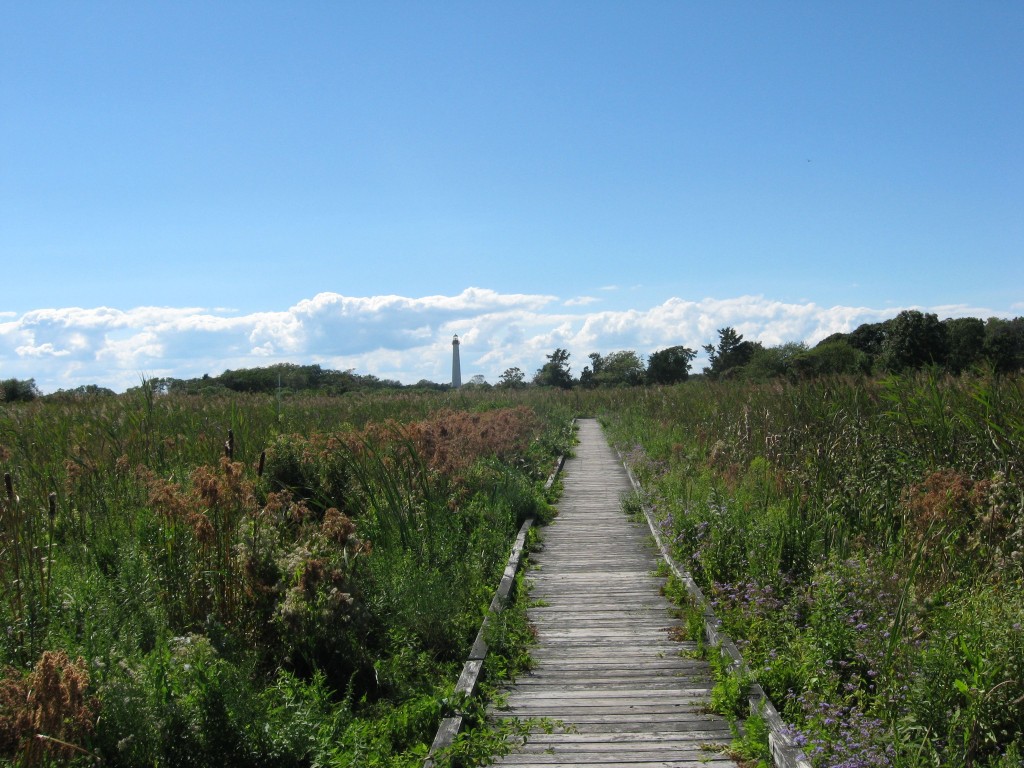
The Cape May Point Lighthouse.
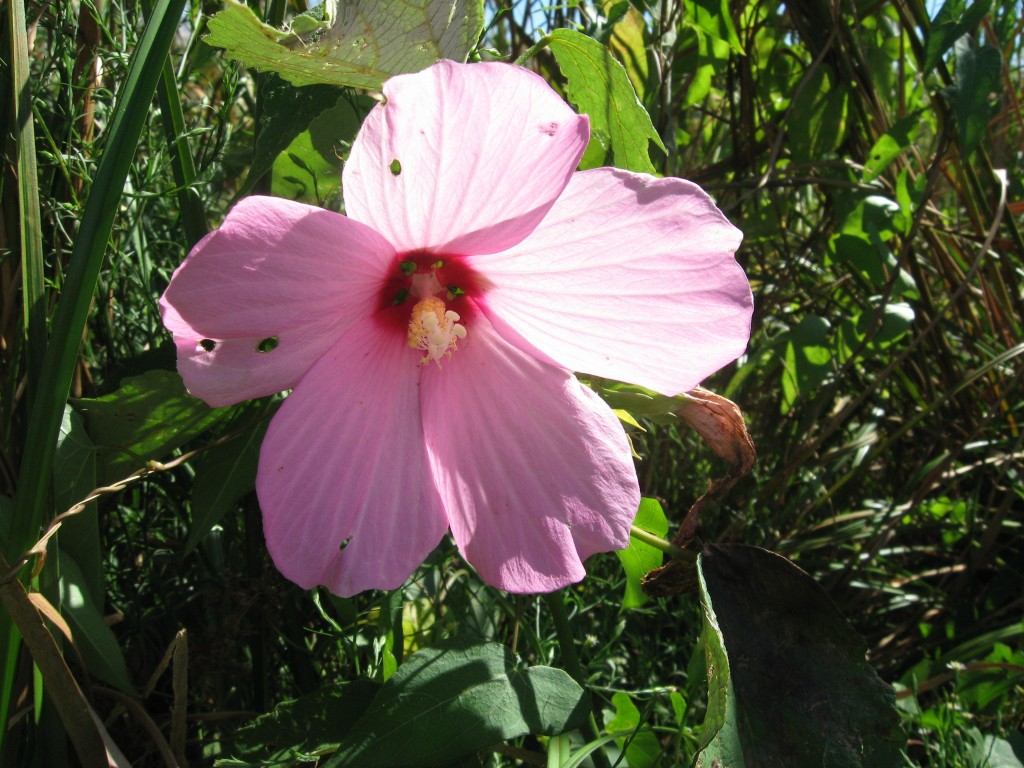
This is the pink variation of Hibiscus moscheutos.
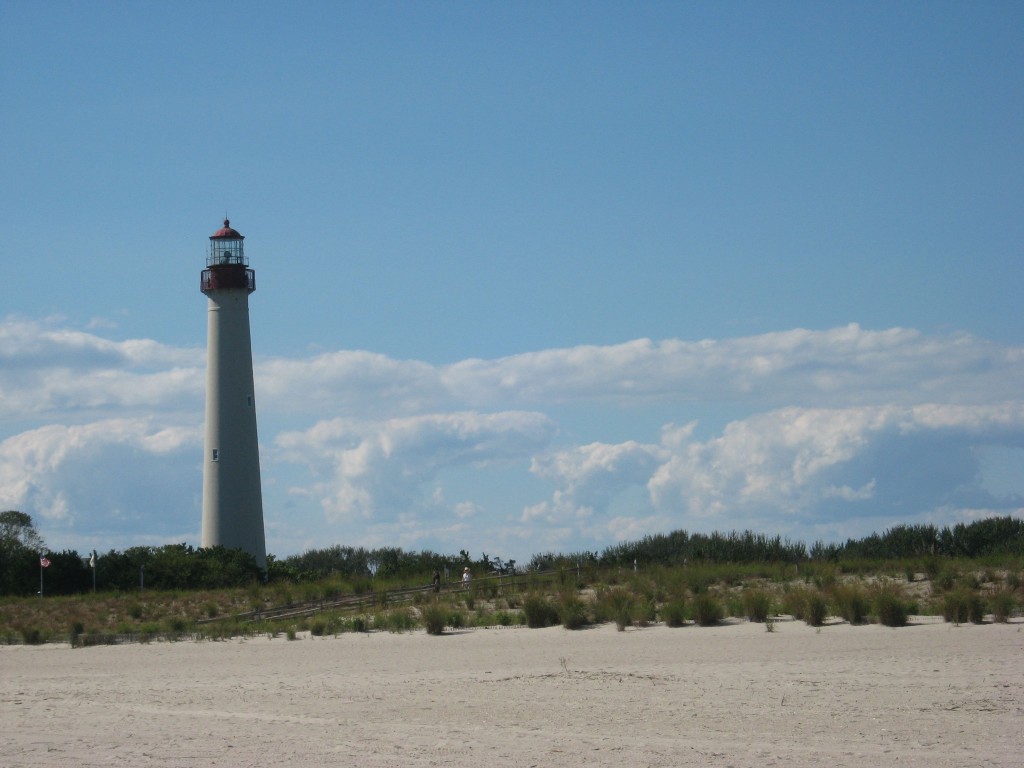
The network of trails in the freshwater marsh opens up to a beach, with the Atlantic ocean crashing aggressively against a steeply pitched shoreline. We later learned at the museum on the premises, that the shoreline is being degraded, and that it used to much further out. So far a small town and a trolley line have been consumed by the intruding ocean. A giant concrete monstrosity from WWII is next in line and it teeters on a foundation of wood pilings just below the sand.
If you like dolphins, this is the place
If you like clouds, this is the place.

With the migrating butterflys and birds, the lighthouse, and the whole effect of the peninsula, we got the feel of a place that is a sending off and receiving area for the continent. Â Cape May has a remote and seafaring quality that we find intriguing. Â At the end of the afternoon, we had seen a sensational and enduring panoramic of the vast sky and ocean.
